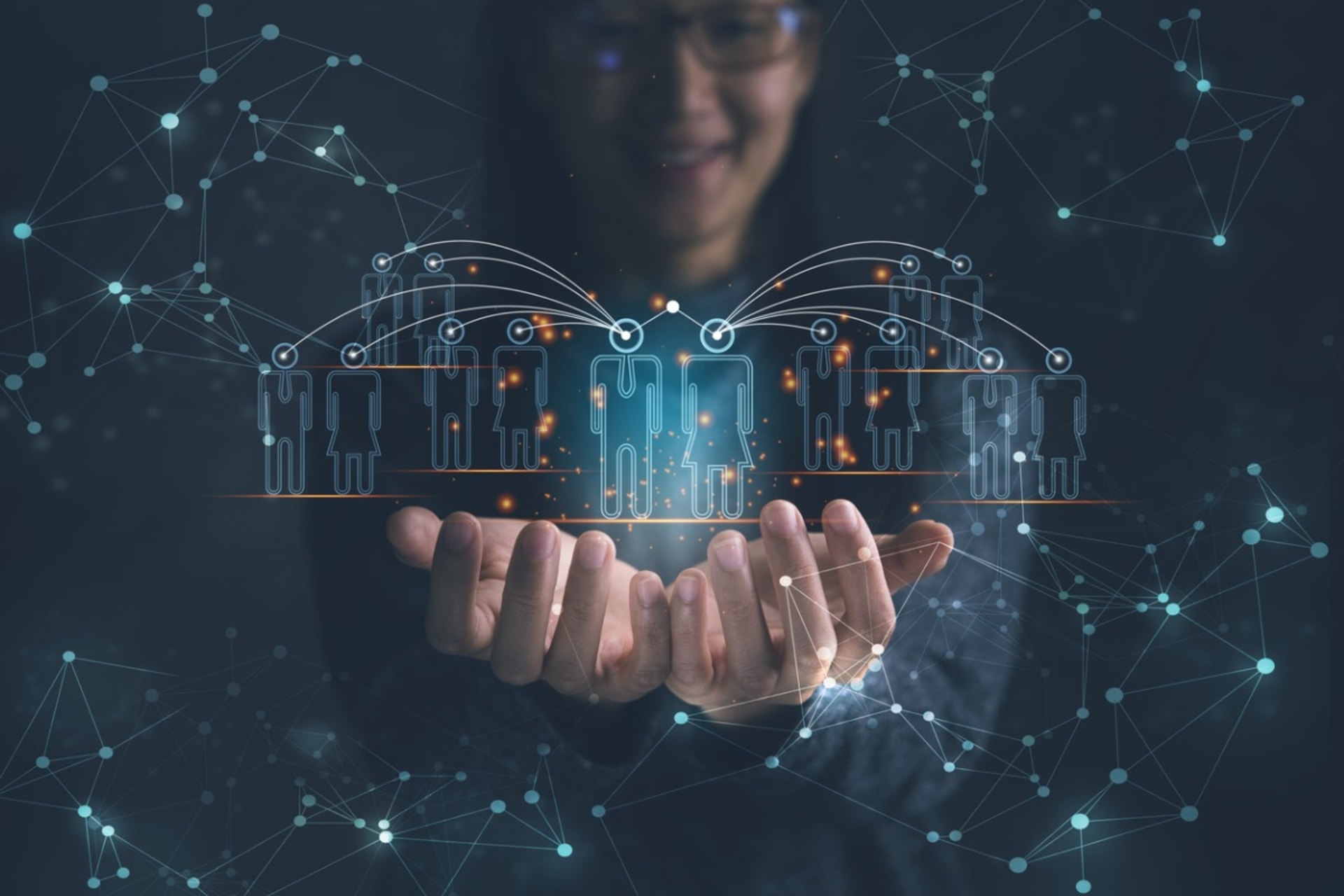According to a recent report by McKinsey, Artificial Intelligence is expected to create a staggering 133 million new jobs by 2030. And yet, talk to developers, and 1 in 3 will tell you that they’re concerned about losing their jobs to AI.
With so much hope and so much fear intertwined, it’s time to radically rethink how we approach AI.
A Collaborative Landscape
If you know anything about software development, you understand two things right away. The first is that new technologies have always caused anxiety about humans being replaced by machines.
And the second is that human touch, for lack of a better term, still plays an integral role in this field. The relationship between technology and humans has always been symbiotic, with each complementing the other’s capabilities. The advent of AI is no exception.
Adobe Photoshop is a case in point. When the marquee software was first launched, photographers and photo editors griped about what they worried was the end of their artistic pursuit. Instead, the discipline thrived, thanks to new capabilities ushered in by the mighty new tools Adobe made available.
AI, too, is now slated to help humans achieve their fullest potential: The essence of a developer’s role is to comprehend client needs and leverage technology to meet those objectives, a complex task that involves a blend of problem-solving, flexibility, and distinctly human soft skills.
AI could help simplify a host of these processes, which explains why one new start-up has plastered the streets of major American cities that read “AI Took My Job… to the Next Level.”
The Learning Curve: Machine Learning vs. Programming
We see this logic at play where I work, BairesDev, where we’re using AI to help identify and deploy the best software development teams available for any given project.
This means that while AI can do a lot of the heavy lifting, the individual operating it needs not only a programming foundation but also an understanding of the industry to which AI will be applied (e.g., healthcare, finance) and familiarity with specialized libraries and tools crucial for the task.
Thankfully, the advent of machine learning plays a big role in helping us come up with more efficient automated processes that can free up humans to engage in the sort of creative, nuanced thinking that we do best.
ML skills are easier to learn than programming skills, and ML platforms have indeed simplified the implementation of complex algorithms without an in-depth understanding of the underlying code.
However, mastering ML requires a solid foundation in both theoretical aspects and programming skills: Effective application of ML algorithms to real-world challenges necessitates a holistic understanding of ML theory and programming proficiency.
Reflecting on my early career, a seemingly simple skill today—knowing how to effectively utilize search engines—was a significant asset two decades ago, akin to the proficiency required in ML.
In the realm of mindset and approach, programming undoubtedly cultivates a mindset aptly suited to ML development. Given that ML frequently involves manipulating data structures, optimizing algorithms, and troubleshooting model performance, the transition from programming to ML is a logical and synergistic one, which is another reason for optimism.
AI and Software Development: A Complementary Alliance
AI models, then, should not be viewed as a threat to software developers. Tools and platforms like Github Copilot and Chat-GPT provide valuable assistance in generating a scaffold for coding.
Yet, they cannot entirely replace human engineers. Engineers are indispensable in integrating, refining, and preparing production applications.
Just as a hammer cannot replace a carpenter, no tool can substitute its craftsman. The true value lies in skillfully leveraging the right tools at the right time and enhancing craftsmanship without replacing it.
The future of software development and AI is a collaborative landscape where human expertise and AI capabilities complement each other. With AI predicted to contribute over $15 Trillion to the Global Economy by 2030, the journey forward promises exciting advancements and opportunities.
By embracing AI responsibly and innovatively, we can propel the software development profession to greater heights, delivering unprecedented value and solutions to the world.
Read the full post here.







